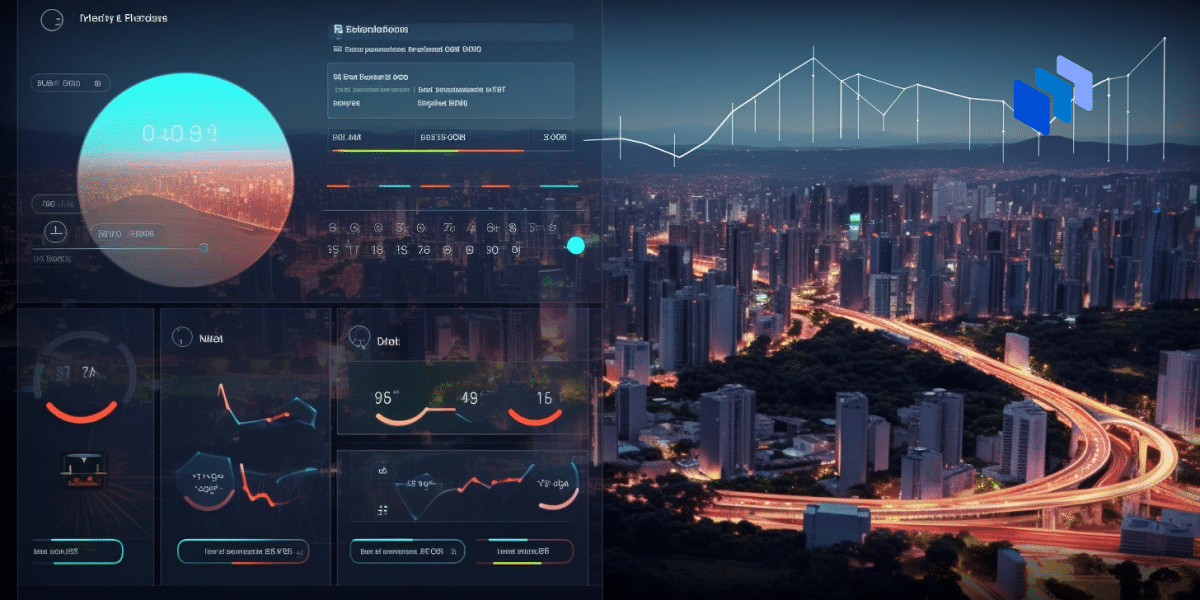Large Language Models (LLMs) have transformed the business landscape, automating unstructured data analysis, enhancing customer support with chatbots, increasing productivity and revenue, and facilitating the creation of advanced business intelligence tools. This transformation is driving improved overall enterprise efficiency and greater customer satisfaction.
Large Language Models (LLMs) are changing the ways business enterprises work — in sometimes surprising ways.
Before LLMs, business enterprises generally had little choice but to manually handle unstructured data — or put it to one side for lack of resources.
Take something like customer queries handled by human agents.
There’s likely tremendous statistical insight in that volume of data, but processing it manually out of voice calls or emails brings in so much data processing, let alone the effort of massaging it into some form of structured data, that it would be a Herculanean task.
And then there is the manual work of one customer requiring one customer agent waiting to take their call.
But LLMs are changing the landscape — artificial intelligence has bred a new generation of chatbots, which are responding to customers as the first line of support, with fast, knowledgable, and comprehensive responses, resulting in cheaper cost, higher turnover of response, and increased customer satisfaction.
Chatbots are not new, but go back five years, and they were generally not very useful, often like two people speaking to each other through translation software.
That system still exists and will continue to exist. It’s just that software programs can now quickly learn how human beings communicate through language, its patterns, nuances, tones, structure, and more, and interact with you in a language you understand. The world of natural language.
LLMs are making all this possible.
Before Large Language Models
- Before Large Language Models, business enterprises would manually handle structured data and create analytics or reports from them. It was a time-consuming, tedious, and error-prone process.
- There was little or no way to analyze unstructured data, such as those in emails, social media, and videos.
- Customer queries were not handled as efficiently by being a manual process. Understanding and responding to the query took time.
After Large Language Models
- Large Language Models have enabled organizations to quickly analyze large volumes of data and provide insights and analytics.
- Since Large Language Models can mimic interactions in natural language, chatbots are deployed to interact with customers as the first support line. The chatbots interact in a natural language that the customers can relate to; they’re available 24/7 and — more often than not — can provide most of the information a customer may need.
- You can direct queries in natural language to the databases that return the answers. This has been a boon for executives who will not integrate via SQL.
- Organizations can now make sense of both structured and unstructured data.
- Large Language Models can analyze the tone of the user’s language and respond accordingly. This enables organizations to understand the behaviour and emotions of the customer.
Case study: Netflix’s Recommendation System
With more than 17,000 titles, Netflix caters to every content viewing preference.
However, when you put yourself in the shoes of a subscriber, it can be an overwhelming experience trying to find what you love amidst this gigantic library of content.
Netflix tries to address this with machine learning powering its recommendation system.
For example, you tend to view web series and movies from the horror genre, often in Spanish.
The recommendation system notes everything related to your viewing – patterns, types, viewing time, likes, and dislikes, and curates a dedicated content list and presents it to you.
How does it do what it does? Machine learning is about constantly consuming subscriber data on behaviour, preferences, likes and dislikes, genres, and more.
It continuously consumes data and finds insights about the behaviour and choices of each subscriber, along with the traits of viewers in a similar demographic.
It’s a continuous and evolving method that keeps up even if the subscriber demonstrates a preference change. What is essential in this context is how the large language models have been helping business intelligence tools in Netflix.
Limitations of LLMs
Large language models’ limitations must be viewed in the context of improving business intelligence tools.
Large language models may not understand the context of data. For example, the word ‘bark’ may be used in different contexts, from the bark of the tree to the dog who barked at the man. This is pretty risky because this can lead to incorrect information and reporting.
There are also concerns about the ethics and potential bias in responses from LLMs.
The Bottom Line
LLMs have a lot to gain; depending on how they are handled, they can completely redefine business intelligence.
Manual work can be off-loaded to a server, and unstructured data can be analyzed comprehensively without requiring a thousand people.
Traits, characteristics, and insights into your customers and business practices can be brought back to you in natural language, with the weight of deep (artificial) thought behind it.
While there are obstacles or limitations to remember, it’s a new horsepower for businesses.
Source: https://www.techopedia.com/how-large-language-models-change-every-facet-of-business-intelligence


